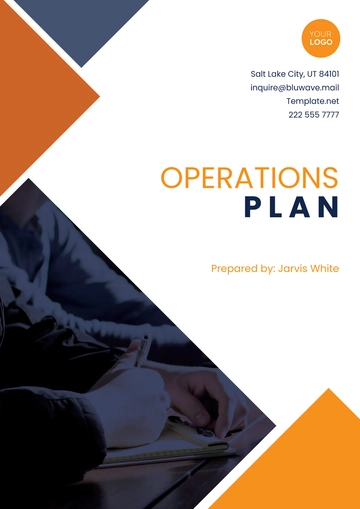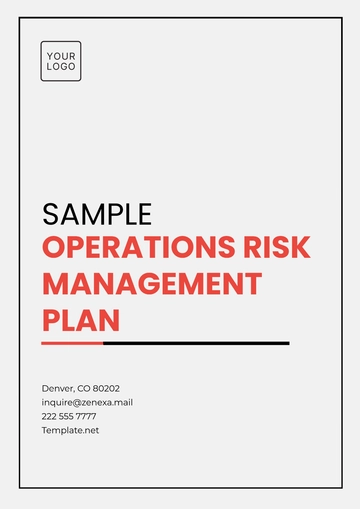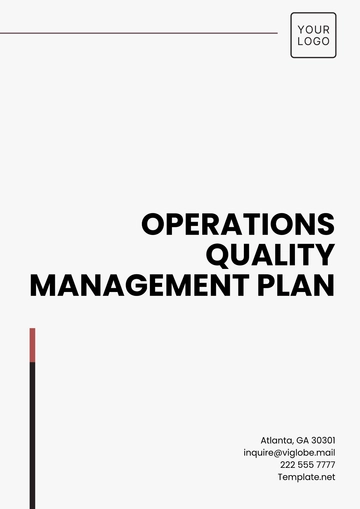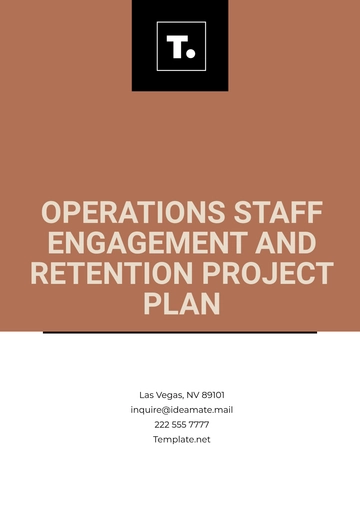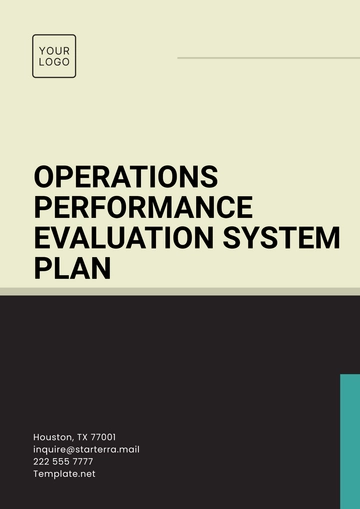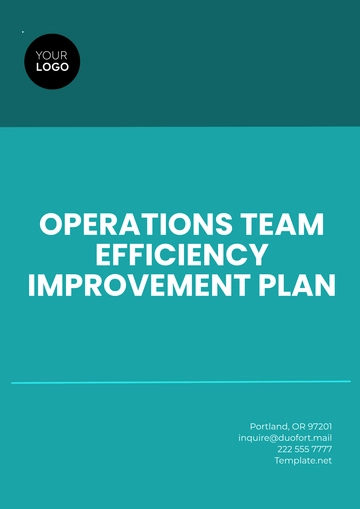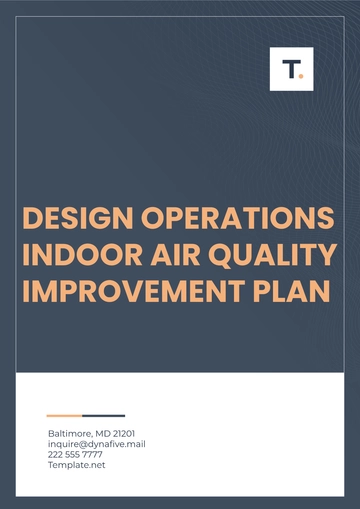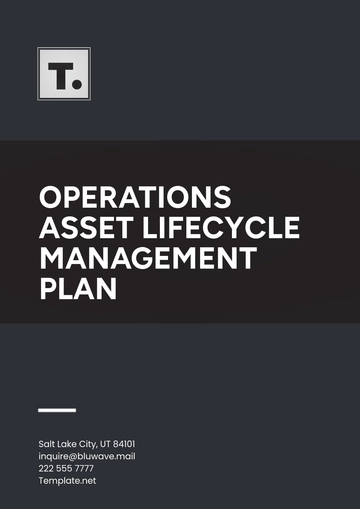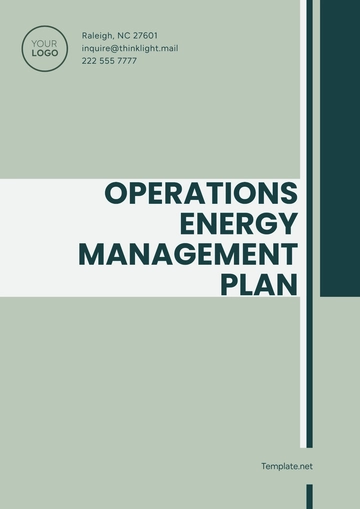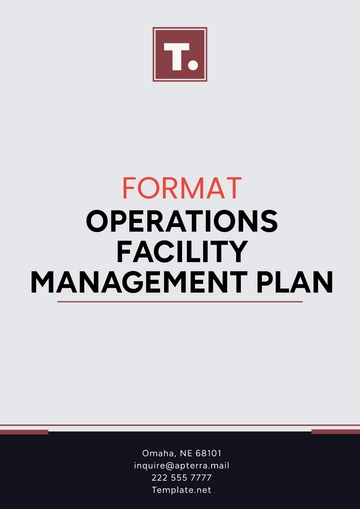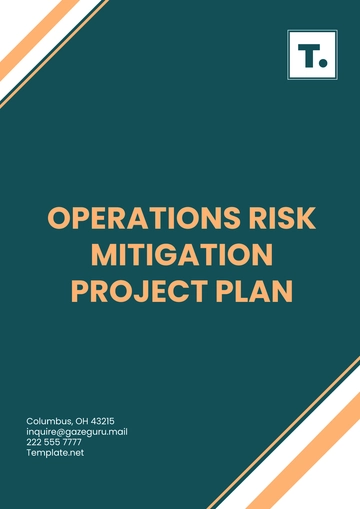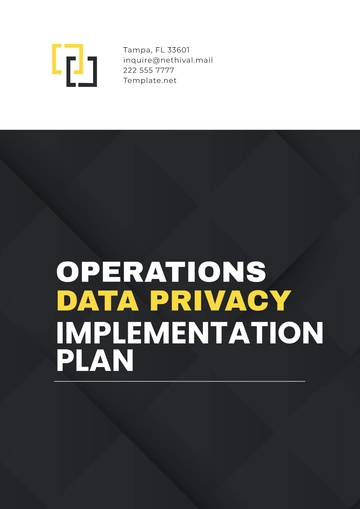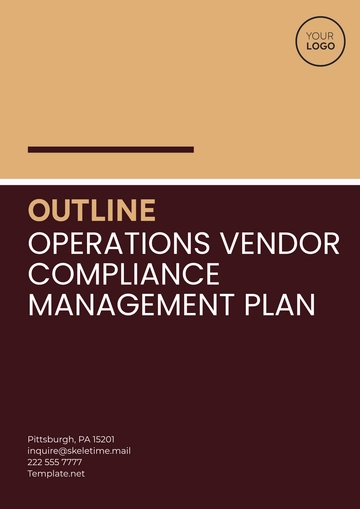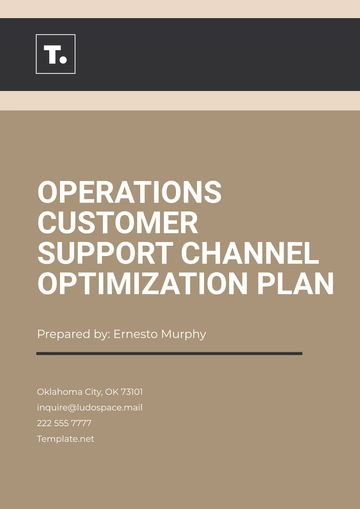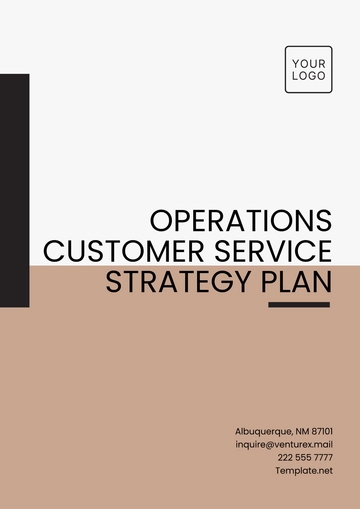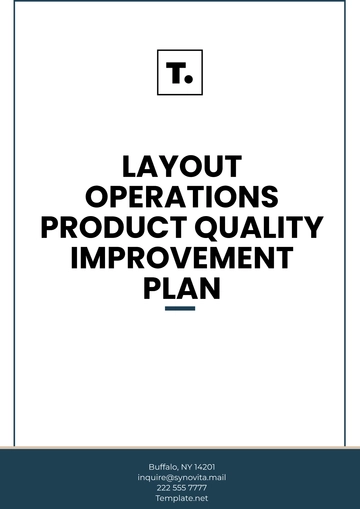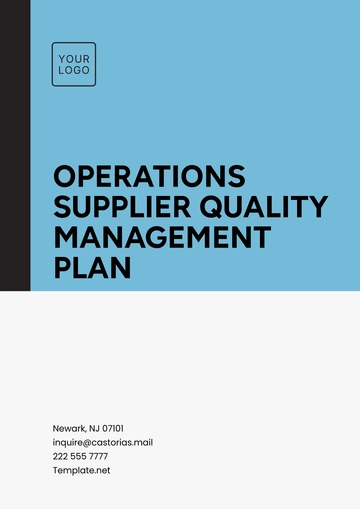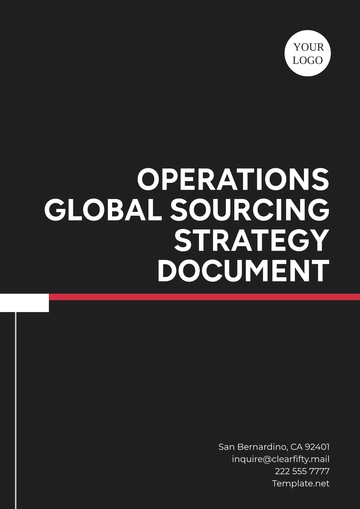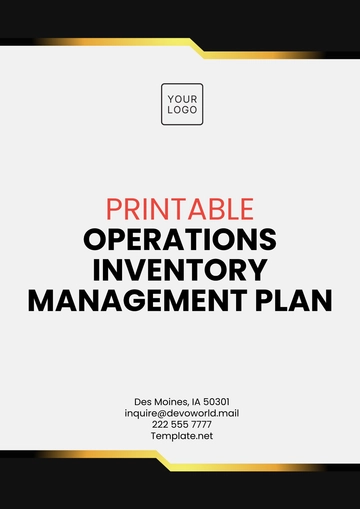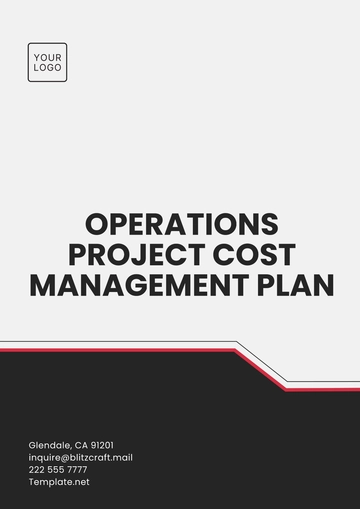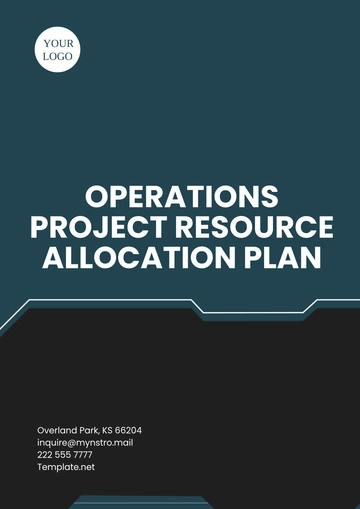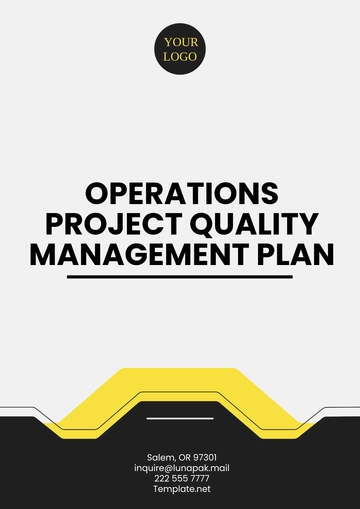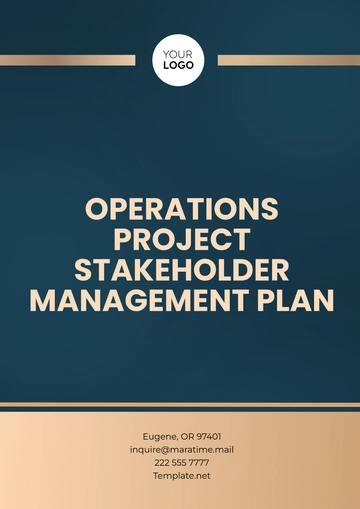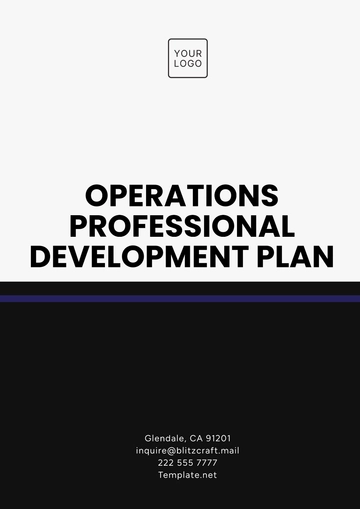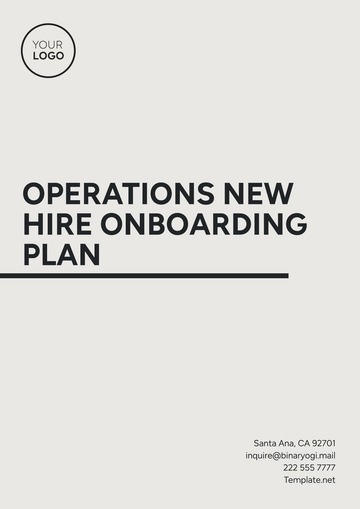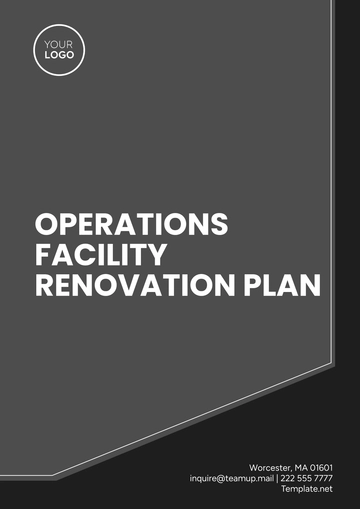Free Car Rental Work Plan

I. Introduction
A. Overview of the Car Rental Business
Our company, [Your Company Name], operates as a leading provider of rental vehicles in [Location]. We offer a diverse fleet ranging from economical compact cars to luxurious SUVs, catering to both individual and corporate clients. With a focus on convenience, reliability, and competitive pricing, we strive to meet the varied transportation needs of our customers efficiently.
B. Purpose and Objectives of the Work Plan
This Work Plan serves to streamline our operational processes, enhance service delivery, and ensure regulatory compliance in all facets of our car rental operations. Our objectives include optimizing fleet utilization rates, improving customer satisfaction through personalized service offerings, and achieving sustainable revenue growth while maintaining cost-efficiency.
II. Business Overview
A. Company Background and History
Established in [Year], [Your Company Name] has built a solid reputation for reliability and customer service excellence in the competitive car rental industry. Over the years, we have expanded our fleet and service offerings to meet evolving market demands while maintaining a commitment to operational excellence and customer satisfaction.
B. Mission and Vision Statements
Mission
Our goal is to offer rental solutions that are both hassle-free and affordable, ensuring that our customers experience minimal inconvenience and financial burden. We are dedicated to maintaining the highest standards of safety and quality in all our products and services. Additionally, we are committed to achieving the utmost level of customer satisfaction, striving to exceed expectations by delivering exemplary support and understanding customer needs.
Vision
Our goal is to become the foremost selection for car rentals in [Location], distinguished by our exceptional level of customer service, a wide range of vehicle choices to meet varying needs, and a forward-thinking strategy in providing comprehensive transportation solutions.
C. Organizational Structure
Our organizational structure is designed to support seamless operations across multiple departments including Operations, Marketing, Finance, Customer Service, Legal & Compliance, Technology, and Human Resources. Each department is led by experienced professionals dedicated to upholding our company values and achieving strategic objectives.
III. Operational Strategy
A. Fleet Management
Vehicle Acquisition
Our organization sustains collaborative relationships with established and trustworthy manufacturers as well as suppliers. This approach is taken to guarantee a continuous stream of new, high-quality, and well-maintained vehicles for our fleet. In order to make informed and strategic purchasing decisions, we conduct rigorous analyses of market demands and pay close attention to the preferences and needs of our customers.
Maintenance and Servicing
Our assortment of vehicles is subjected to routine and systematic maintenance inspections conducted by certified and highly-skilled technicians. These professionals strictly adhere to the detailed and specific guidelines set forth by the manufacturers. By implementing this proactive strategy, we are able to significantly reduce periods of inactivity, greatly improve the reliability and performance of our vehicles, and substantially lengthen the operational lifespans of the entire fleet.
Retirement and Replacement Strategies
Vehicles are retired based on a thorough evaluation process that involves meticulous performance assessments. These assessments consider various factors such as the mileage accumulated by the vehicle, its age, and the feedback received from customers regarding its performance. Following this comprehensive evaluation, decisions are made about retiring vehicles that no longer meet the desired standards.
In selecting replacement vehicles, a detailed analysis is undertaken to ensure that the new additions to the fleet align with current market trends and incorporate the latest technological advancements. This careful selection process is aimed at maintaining a fleet that is both competitive in the market and appealing to customers. By continually updating the fleet with advanced and in-demand vehicles, the goal is to provide a consistently high level of service and satisfaction to our customer base.
B. Customer Service
Booking Procedures
Customers have the convenience of booking vehicles effortlessly by using our accessible and straightforward online platform. Alternatively, they can make use of our intuitive mobile application or opt to reach out directly to our dedicated customer service team for assistance. Once a booking is made through any of these channels, customers will receive prompt booking confirmations. These confirmations include comprehensive details about the rental terms and provide clear instructions regarding the vehicle pickup process.
Rental Agreement Policies
Our rental agreements are transparent and comprehensive, covering insurance options, fuel policies, and terms of use. We prioritize clarity and fairness to build trust and ensure customer satisfaction.
Customer Support and Issue Resolution
Our 24/7 customer support team is trained to handle inquiries, provide assistance during emergencies, and resolve issues promptly. Feedback mechanisms are in place to continuously improve service delivery and address customer concerns proactively.
C. Operational Procedures
Vehicle Inspection Protocols
Thorough pre and post-rental inspections are conducted using standardized checklists to document vehicle condition accurately. This ensures transparency and accountability in our rental operations.
Cleaning and Maintenance Schedules
Vehicles are meticulously cleaned and sanitized after each rental, with regular detailing to uphold cleanliness standards. Scheduled maintenance tasks are executed promptly to minimize disruptions and maintain fleet efficiency.
Fueling and Logistics
Fuel levels are monitored closely, and vehicles are refueled as needed to ensure they are ready for the next rental. Efficient logistics management facilitates timely vehicle deliveries and returns, optimizing operational workflows.
IV. Marketing and Sales
A. Target Market Analysis
Our target market includes business travelers seeking reliable transportation solutions, tourists exploring our region, and local residents requiring temporary or long-term vehicle rentals. We conduct market research to identify emerging trends and customer preferences, enabling targeted marketing strategies.
B. Pricing Strategy
Pricing strategies are designed to remain competitive while reflecting market conditions, seasonality, and demand fluctuations. We offer flexible rental rates, discounts for extended bookings, and promotional offers to attract and retain customers.
C. Promotional Campaigns
Integrated marketing campaigns leverage digital platforms, social media channels, and partnerships with travel agencies to increase brand visibility and attract new customers. Special promotions, loyalty programs, and referral incentives encourage repeat business and customer referrals.
D. Partnerships and Affiliations
Strategic partnerships with airlines, hotels, and corporate clients enhance our market presence and offer mutual benefits such as exclusive discounts and joint marketing initiatives. Affiliations with industry associations strengthen our reputation and expand our network within the travel and hospitality sectors.
V. Financial Management
A. Budgeting and Forecasting
Our annual budgeting process incorporates detailed forecasting of revenue streams and expense categories, including vehicle acquisition costs, maintenance expenditures, personnel expenses, and marketing investments. This proactive approach allows us to allocate resources effectively and achieve financial targets aligned with our strategic goals.
B. Revenue Streams
Primary revenue streams include rental fees based on vehicle category, additional services such as GPS rentals and insurance upgrades, and fees for extended rental periods. We also generate revenue through late return penalties and supplementary charges, ensuring diversified income sources to support sustainable growth.
C. Cost Management
Cost management strategies focus on optimizing operational efficiency and controlling expenditures across all departments. Initiatives include negotiating favorable supplier contracts, implementing fuel efficiency measures, and leveraging technology to streamline administrative processes and reduce overhead costs.
D. Profitability Analysis
Regular profitability analysis evaluates key financial metrics such as gross margin, net profit margin, and return on investment (ROI) for each vehicle category and customer segment. This analytical approach guides strategic decisions to enhance profitability while maintaining competitive pricing and service quality.
VI. Legal and Compliance
A. Regulatory Compliance
We adhere strictly to local and national regulations governing vehicle rental operations, including licensing requirements, environmental standards, and consumer protection laws. Our compliance efforts are overseen by a dedicated legal team that ensures all policies and practices align with current legislation and industry best practices.
B. Insurance Requirements
Comprehensive insurance coverage is maintained for our entire fleet, encompassing liability insurance, collision damage waivers, and personal accident insurance options for customers. We work closely with reputable insurance providers to offer adequate protection and peace of mind to both renters and our business.
C. Safety Standards and Protocols
Stringent safety protocols are implemented to ensure the well-being of our customers and the integrity of our vehicles. This includes regular maintenance checks, adherence to manufacturer safety guidelines, and driver education initiatives to promote responsible driving behavior and minimize accident risks.
VII. Technology and Innovation
A. Rental Management Software
We utilize advanced rental management software to streamline booking processes, manage inventory, and track vehicle availability in real-time. This technology enhances operational efficiency by automating administrative tasks, facilitating seamless communication with customers, and optimizing fleet utilization.
B. Vehicle Tracking Systems
GPS tracking systems are integrated into our fleet to monitor vehicle location, mileage, and maintenance schedules. This real-time data enables proactive fleet management, enhances vehicle security, and supports efficient logistics planning for vehicle deliveries, pickups, and customer requests.
C. Customer Relationship Management (CRM) Tools
CRM tools are employed to maintain comprehensive customer profiles, track rental preferences, and manage customer interactions across multiple touchpoints. This data-driven approach allows us to personalize service delivery, anticipate customer needs, and foster long-term relationships through targeted marketing campaigns and loyalty programs.
VIII. Human Resources
A. Staffing Requirements
Our staffing strategy emphasizes recruiting skilled professionals with expertise in customer service, vehicle maintenance, and administrative support roles. We invest in ongoing training and development programs to enhance employee competencies, promote career growth, and foster a positive workplace culture centered on teamwork and excellence.
B. Training and Development Programs
Comprehensive training programs ensure that our staff are well-versed in company policies, operational procedures, and customer service standards. Training modules cover topics such as vehicle inspection protocols, rental agreement policies, emergency response procedures, and utilization of technology tools to enhance job proficiency and customer satisfaction.
C. Performance Evaluation Criteria
Performance evaluations are conducted regularly to assess staff performance based on key performance indicators (KPIs) such as customer satisfaction ratings, rental transaction efficiency, and adherence to safety protocols. Feedback from evaluations informs coaching and development plans aimed at continuous improvement and achievement of departmental goals.
IX. Risk Management
A. Risk Assessment and Mitigation Strategies
Ongoing risk assessments identify potential hazards and vulnerabilities related to vehicle operations, customer interactions, data security, and market volatility. Mitigation strategies are implemented to minimize risks, enhance operational resilience, and ensure business continuity in the face of unforeseen challenges or disruptions.
B. Emergency Response Plans
Comprehensive emergency response plans outline protocols for responding to vehicle accidents, breakdowns, natural disasters, and other critical incidents. Our trained staff are equipped to handle emergencies promptly, prioritize customer safety, and coordinate with relevant authorities and service providers to mitigate impacts and restore normal operations.
C. Contingency Planning
Contingency plans are developed to address potential disruptions such as economic downturns, supply chain interruptions, or regulatory changes. These plans include alternative strategies for managing fleet operations, adjusting pricing strategies, and reallocating resources to maintain service levels and preserve financial stability during periods of uncertainty.
X. Monitoring and Evaluation
A. Key Performance Indicators (KPIs)
Key performance indicators (KPIs) such as rental utilization rates, revenue per vehicle, customer retention rates, and operational efficiency metrics are monitored regularly. Performance dashboards and analytical tools provide actionable insights to track progress toward strategic objectives, identify areas for improvement, and drive informed decision-making across all levels of the organization.
B. Performance Monitoring Tools
Performance monitoring tools enable real-time tracking of operational metrics, customer feedback, and financial performance indicators. These tools facilitate data-driven decision-making, support continuous improvement initiatives, and empower managers to make timely adjustments to operational strategies to optimize outcomes and enhance overall business performance.
C. Review and Adjustment Processes
Regular reviews of operational processes, financial performance, customer satisfaction levels, and market trends inform continuous improvement initiatives. Feedback loops ensure that lessons learned are incorporated into future planning and operational adjustments, enabling agile responses to changing market dynamics and maintaining our competitive edge in the car rental industry.
XI. Conclusion
A. Summary of the Work Plan
This comprehensive Car Rental Work Plan outlines our strategic initiatives and operational strategies across fleet management, customer service, marketing and sales, financial management, legal compliance, technology integration, human resources, risk management, and performance monitoring. By aligning our efforts with these objectives, we aim to sustain growth, enhance customer satisfaction, and uphold our commitment to operational excellence in the competitive car rental market.
B. Future Goals and Strategic Directions
Looking ahead, we are committed to leveraging emerging technologies, expanding our service offerings, and exploring new market opportunities to drive sustainable growth and profitability. By focusing on innovation, customer-centric solutions, and continuous improvement, we aim to position [Your Company Name] as a leader in the car rental industry, setting new standards for quality and service excellence.
- 100% Customizable, free editor
- Access 1 Million+ Templates, photo’s & graphics
- Download or share as a template
- Click and replace photos, graphics, text, backgrounds
- Resize, crop, AI write & more
- Access advanced editor
Organize and streamline your car rental business with the Car Rental Work Plan Template from Template.net. This editable and customizable template includes a user-friendly AI Editor Tool, empowering you to tailor operational strategies effortlessly. Perfect for enhancing fleet management, customer service, and financial oversight, ensuring compliance with regulatory standards while optimizing efficiency and profitability.
You may also like
- Finance Plan
- Construction Plan
- Sales Plan
- Development Plan
- Career Plan
- Budget Plan
- HR Plan
- Education Plan
- Transition Plan
- Work Plan
- Training Plan
- Communication Plan
- Operation Plan
- Health And Safety Plan
- Strategy Plan
- Professional Development Plan
- Advertising Plan
- Risk Management Plan
- Restaurant Plan
- School Plan
- Nursing Home Patient Care Plan
- Nursing Care Plan
- Plan Event
- Startup Plan
- Social Media Plan
- Staffing Plan
- Annual Plan
- Content Plan
- Payment Plan
- Implementation Plan
- Hotel Plan
- Workout Plan
- Accounting Plan
- Campaign Plan
- Essay Plan
- 30 60 90 Day Plan
- Research Plan
- Recruitment Plan
- 90 Day Plan
- Quarterly Plan
- Emergency Plan
- 5 Year Plan
- Gym Plan
- Personal Plan
- IT and Software Plan
- Treatment Plan
- Real Estate Plan
- Law Firm Plan
- Healthcare Plan
- Improvement Plan
- Media Plan
- 5 Year Business Plan
- Learning Plan
- Marketing Campaign Plan
- Travel Agency Plan
- Cleaning Services Plan
- Interior Design Plan
- Performance Plan
- PR Plan
- Birth Plan
- Life Plan
- SEO Plan
- Disaster Recovery Plan
- Continuity Plan
- Launch Plan
- Legal Plan
- Behavior Plan
- Performance Improvement Plan
- Salon Plan
- Security Plan
- Security Management Plan
- Employee Development Plan
- Quality Plan
- Service Improvement Plan
- Growth Plan
- Incident Response Plan
- Basketball Plan
- Emergency Action Plan
- Product Launch Plan
- Spa Plan
- Employee Training Plan
- Data Analysis Plan
- Employee Action Plan
- Territory Plan
- Audit Plan
- Classroom Plan
- Activity Plan
- Parenting Plan
- Care Plan
- Project Execution Plan
- Exercise Plan
- Internship Plan
- Software Development Plan
- Continuous Improvement Plan
- Leave Plan
- 90 Day Sales Plan
- Advertising Agency Plan
- Employee Transition Plan
- Smart Action Plan
- Workplace Safety Plan
- Behavior Change Plan
- Contingency Plan
- Continuity of Operations Plan
- Health Plan
- Quality Control Plan
- Self Plan
- Sports Development Plan
- Change Management Plan
- Ecommerce Plan
- Personal Financial Plan
- Process Improvement Plan
- 30-60-90 Day Sales Plan
- Crisis Management Plan
- Engagement Plan
- Execution Plan
- Pandemic Plan
- Quality Assurance Plan
- Service Continuity Plan
- Agile Project Plan
- Fundraising Plan
- Job Transition Plan
- Asset Maintenance Plan
- Maintenance Plan
- Software Test Plan
- Staff Training and Development Plan
- 3 Year Plan
- Brand Activation Plan
- Release Plan
- Resource Plan
- Risk Mitigation Plan
- Teacher Plan
- 30 60 90 Day Plan for New Manager
- Food Safety Plan
- Food Truck Plan
- Hiring Plan
- Quality Management Plan
- Wellness Plan
- Behavior Intervention Plan
- Bonus Plan
- Investment Plan
- Maternity Leave Plan
- Pandemic Response Plan
- Succession Planning
- Coaching Plan
- Configuration Management Plan
- Remote Work Plan
- Self Care Plan
- Teaching Plan
- 100-Day Plan
- HACCP Plan
- Student Plan
- Sustainability Plan
- 30 60 90 Day Plan for Interview
- Access Plan
- Site Specific Safety Plan
